Frequently Asked Baking Questions (FAQs)

Here are some frequently asked baking questions that I am often asked or see people ask in Facebook groups. Learn the answers to your baking FAQs, with detailed explanations & worked examples, to progress in your baking journey.
Frequently Asked Baking Questions (FAQs)
Q1. How do I store my bakes, such as cakes with buttercream?
For cakes, I advise storing in an airtight container & prefer a tin. I also like to keep the used baking/parchment paper in the bottom of the tin as I find it helps keep the moisture in the cake. Alternatively use a cake dome and keep away from direct heat. For British scones, I store in food bags or a cake tin and keep out at room temperature.
Whereas, for meringues, storing in the fridge can cause ‘weeping’. So best to keep somewhere cool or if not using straight away, you can freeze them. For soft cookies, I get them into a tin or airtight container, as soon as cooled. Leaving out, or storing in food bags, I find they lose their soft texture.

However….
If your cake has buttercream or whipped cream in or on it, store in a cool place rather than the fridge if possible, as the fridge can cause condensation.
If not left for too long, even cakes with whipped cream can be stored somewhere cool. Also note that if your cake has fondant on it, it should not be placed in a fridge, for the same reasons as mentioned above.
Q2. Where should I store fondant toppers I made for a cake in advance?
Once you make the fondant toppers, (and they are dry), place on some baking/parchment paper, on top of a tray or flat plate and cover well in cling film/plastic wrap and store at room temperature.
Be sure to keep away from direct sunlight, as it will fade the coloured fondant. They can even be made weeks in advance.
Once on a cake, I prefer to store in a cool place, as the fridge can cause condensation and result in the fondant ‘melting’ with moisture. Click to see my Fondant Tutorials page.
Q3. Why did my bread not rise once it was baked?
Answers: several possible reasons for this, one being that you didn’t ‘knock back’ the dough after the first prove/rising. Deflating the risen dough with your knuckles till deflated, is important as it allows the air pockets to re-distribute in order for them to make the bread rise again in the second proof and during the baking phase. Not doing this, can often result in a bake that hasn’t risen in the oven as expected.
Other reasons can be over-proving or too much yeast in the recipe with not enough flour to support the rise. Also, it is good to check your yeast is in date or buy in small packets rather than big jars. Alternatively, you can freeze your dry yeast. (Article to come). For testing if proved enough and more on working with yeast dough, check my Everything Bread Article For Beginners
Q4. Why did my cake sink in the middle once baked or not rise enough?
Several answers for this one too. Your oven can be running too high a temperature. Ideal to purchase an inexpensive oven thermometer to check this and from then on adjust your oven accordingly. You might have over-mixed or didn’t fold ingredients in gently enough if you did any ‘creaming’ or whisking of egg yolks or whites and knocked out incorporated air.
Too much leavening agent, like baking powder for the amount of flour, can result in a premature rise at the beginning of baking. Then it sinks as it doesn’t have enough flour and protein to give it support to stay up. This can also happen if the dish you baked in is too shallow, in the case of gluten free bakes.
Some big and unusual shapes of cake tins, such as hemisphere tins, require baking at quite a low temperature and for quite a long time to ensure an even bake with no sinking or under baking in the middle.
Note as well that high altitudes can cause problems in baking. Some people also believe that opening the oven too early can cause the bake to sink, so be very gentle on closing the oven door. I have never found this to be the case, as I have often opened to turn or rotate bakes for even cooking. However, I have always done so, after the half-way mark of the recommended bake time.
For more reasons see my article on Over-mixing & Dense Cakes.
Q5. Why did my (British) Scones not rise as they should?
There are several things NOT to do when making these types of scones:
- Don’t use too much baking powder or it will rise and fall (and give a metallic after-taste).
- Don’t use a food processor, but rather mix it gently with a spoon and then bring together by hand.
- No kneading required, just bring together by hand as too much handling can make it tough.
- No rolling out of the dough – flatten with your hands & some baking/parchment paper on top and below to keep everything clean. Rolling can over-work the dough and make it tough.
- Don’t flatten dough too thin – about 1 inch/2.5cm is ideal.
- Gentle handling and avoid the sides and interfering with the structure.
- Don’t twist the cookie cutter when cutting out the scones. Press down and lift up. If the scone doesn’t come up with the cutter, leave and cut out the rest, and pull back the excess dough and use a spatula to carefully transfer the scones to a lined baking sheet/tray.
- Don’t let the egg wash dribble down the sides of the scones. Start with just a little amount of egg wash and start from the centre, brushing your way outwards. If the egg wash dribbles down the sides, or you twist the cutter, it disturbs the dough and you won’t get the classic ‘rise and split’ structure to this type of scone.
See my indepth Scone recipe tutoria
Or watch the almost real-time video tutorial below.

Q6. How can I pipe even sized meringues or choux buns?
Draw the size/shape you want them all to be, on some baking/parchment paper, using something to draw around to get a consistent size. Then turn the paper over and use that side to pipe on, using the drawings as a template to guide you. You can do the same for chocolate details as well, for making lots of cupcake toppers.
(** Photo is of a croquembouche made by my 13 year old son for Mother’s day last year. Recipe and how he got on, coming soon). Go to Kids Recipes.
Q7. How do I ensure I can get my cake out of a detailed bundt pan in one piece?
I used to use melted butter & a dusting of flour or cocoa, but then I reviewed Great British Bake Off (Great British Baking Show) winner Nancy Birtwhistle’s lining paste. Also know as Cake Goop, it is made up of flour, vegetable shortening and vegetable oil, formed into a paste and stored in the fridge ready to use when needed. You can use it straight from the fridge and just brush it on, fill with the cake batter and the cake will literally pop out once given some time to cool.
I now use it for any type of greasing that’s needed in my baking or cooking, and saves on melting butter, or buying expensive cake release sprays. Is vega, and can be made using gluten free flour too.
My alternative to lining paste, (and for when greasing silicone bundts, or for speed when greasing 12 mini bundt cases), I use Frylight Onecal cooking Spray.
If you want to use on a chocolate cake, take a few tsps of the paste out and mix in a little cocoa powder just to change the colour of it and use as before.
Vegan & Vegetarian, it can be also be made using Gluten Free flour.
Here’s a link for how to make the paste in gram & cup measurements –Cake release lining paste Be sure to also allow the cake to cool down for at least 30 minutes before trying to turn out.

Q8. Can I use some cake batter and then store the rest for the next day or so?
You can certainly bake the batter in batches, & use up the rest of the batter once the first batch is baked. I would not however, recommend keeping the batter for any amount of time. Baking soda/bicarbonate of soda, is activated with moisture.
So once added to the cake’s wet ingredients, this leavening starts working. So leaving it too long, can result in less of a rise than expected once the cake is baked. Baking powder though is heat activated, so is fine to leave half the batter while the first is baking. You can also freeze undecorated cooked cakes until you want to eat them.
Another option is to make less or a smaller cake. For help with that, I did the calculations on my How To Reduce A Recipe To Fit A Smaller Tin article.
Q9. Can I make bread/yeast dough the night before baking?
Yes! Mix up as normal and leave the dough covered in the fridge overnight for it’s first proving/rise. This is known as ‘slow cold prove’, where the yeast is activated very slowly. This can give more flavour to your bread since it’s been allowed extra time to develop.
The next morning, remove from the fridge and leave out for at least 30 minutes to come to room temperature, and then you simply shape your bread or rolls, leave for a second prove and bake off.
Go to my Bread & Roll recipes.
Next…
Beginners check out my Lessons page, with sweet & savoury lessons, as well as theory of baking.
Or if you want to learn some more interesting information on baking or the science behind it – go to my Baking Information page.
Thanks for reading. As I said, any more questions, please get in contact via the Contact form on the foot of the page or via social media.
Also see the sharing options or even printing, at the right/bottom of your screen. You can even pin this to your own Pinterest page. Alternatively, you can download this article, and save to your phone or computer for reading or printing off later. Click the ‘download’ button below. You could also leave some feedback if you like (way down at the bottom of the page).
Subscribe For More Recipes
Want more great recipes, tips, baking information and newsletters? Then please consider subscribing by adding your email address below. Be sure to check for a confirmation email & respond back, so you can follow me & receive your free emails. Your personal information will not be shared with a third party.
Join My Facebook Group
Why not also join my – Facebook group Easy Online Baking Lessons, dedicated to this baking lessons website, as well as providing one-on-one support with myself & my team? Be sure to answer all security questions when requesting to join.
Follow me on social media:
Happy Learning & Baking!
Caro x
Frequently Asked Baking Questions (FAQs)
Search For Something You Fancy!


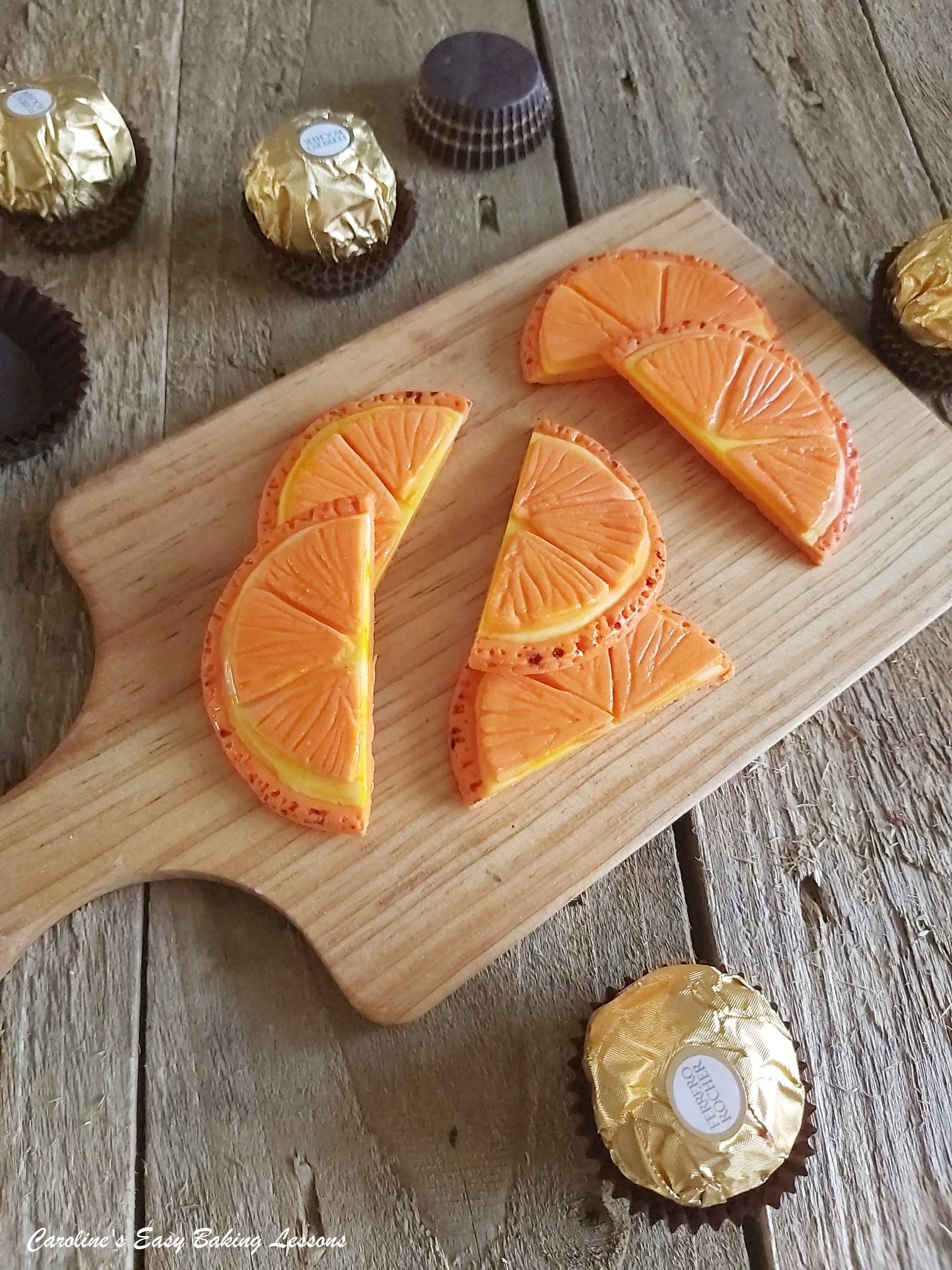
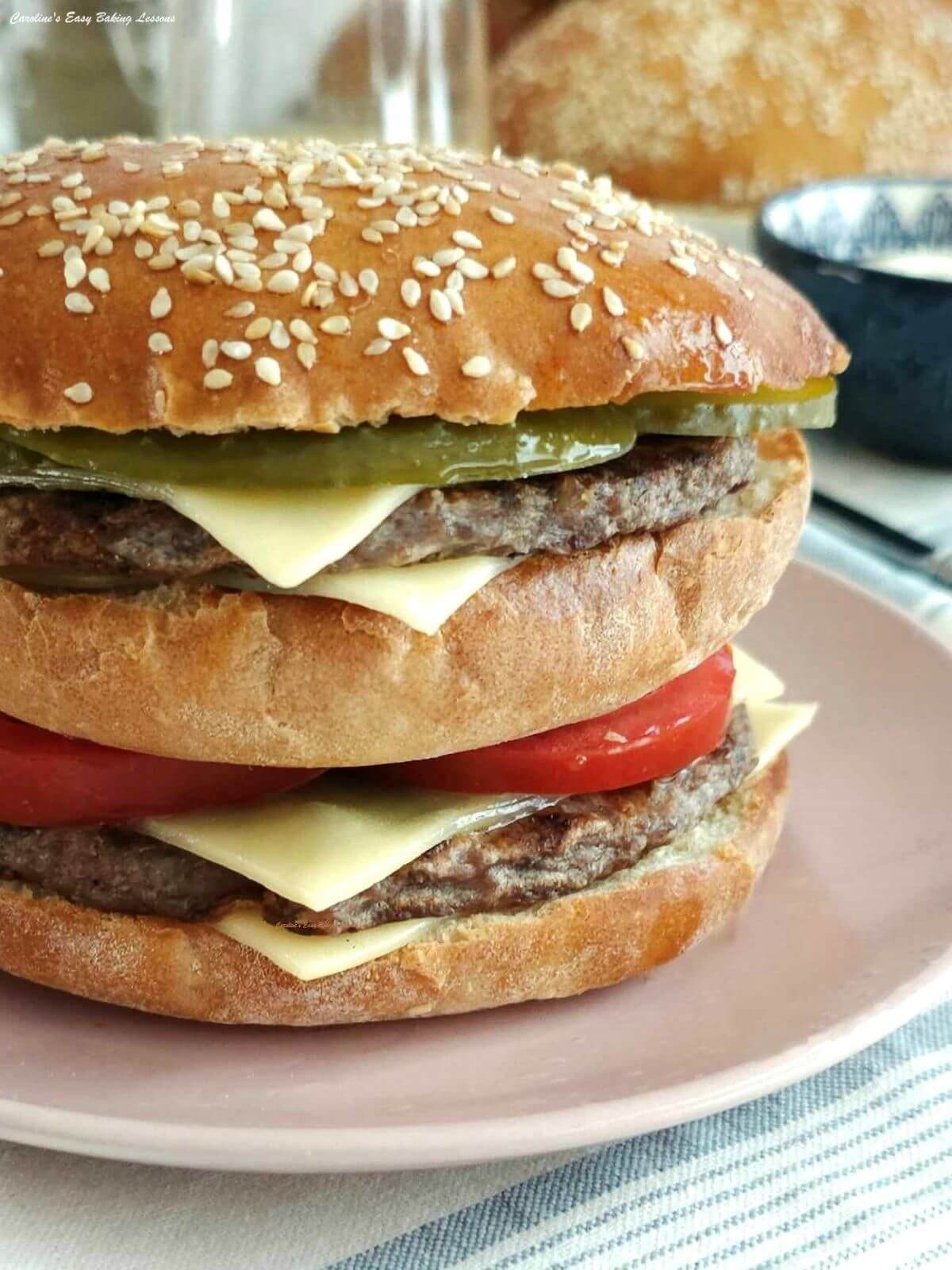


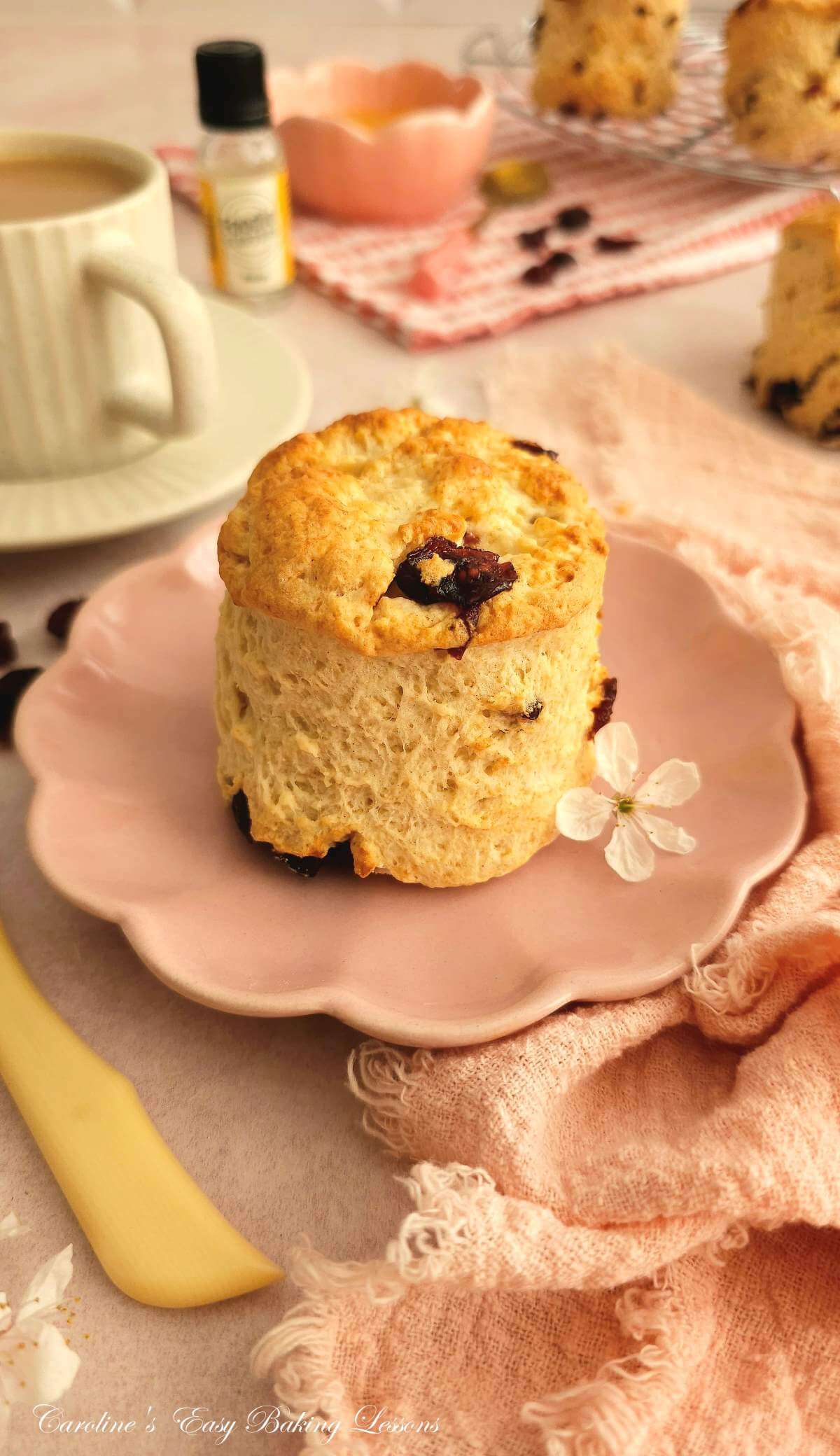
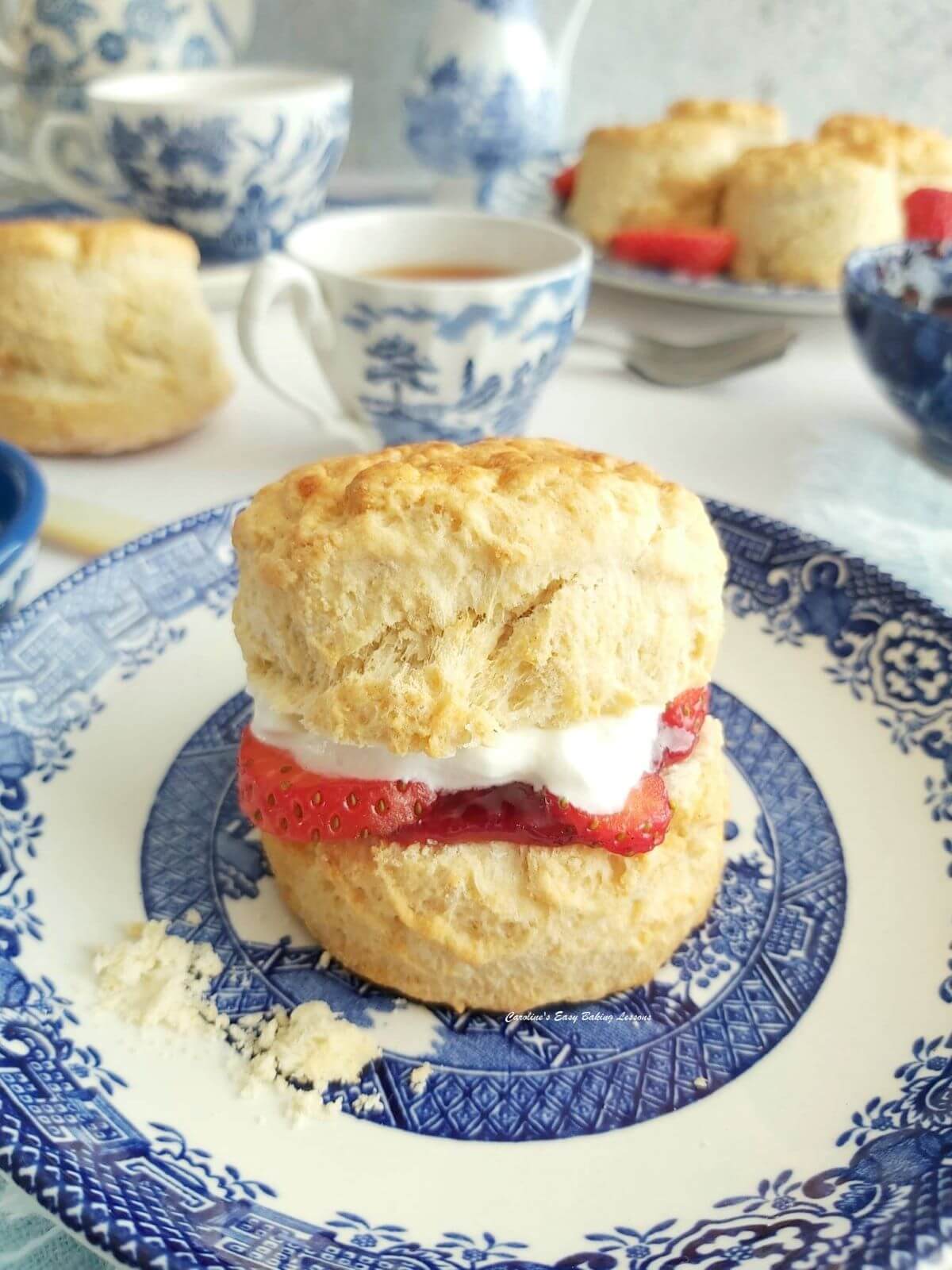


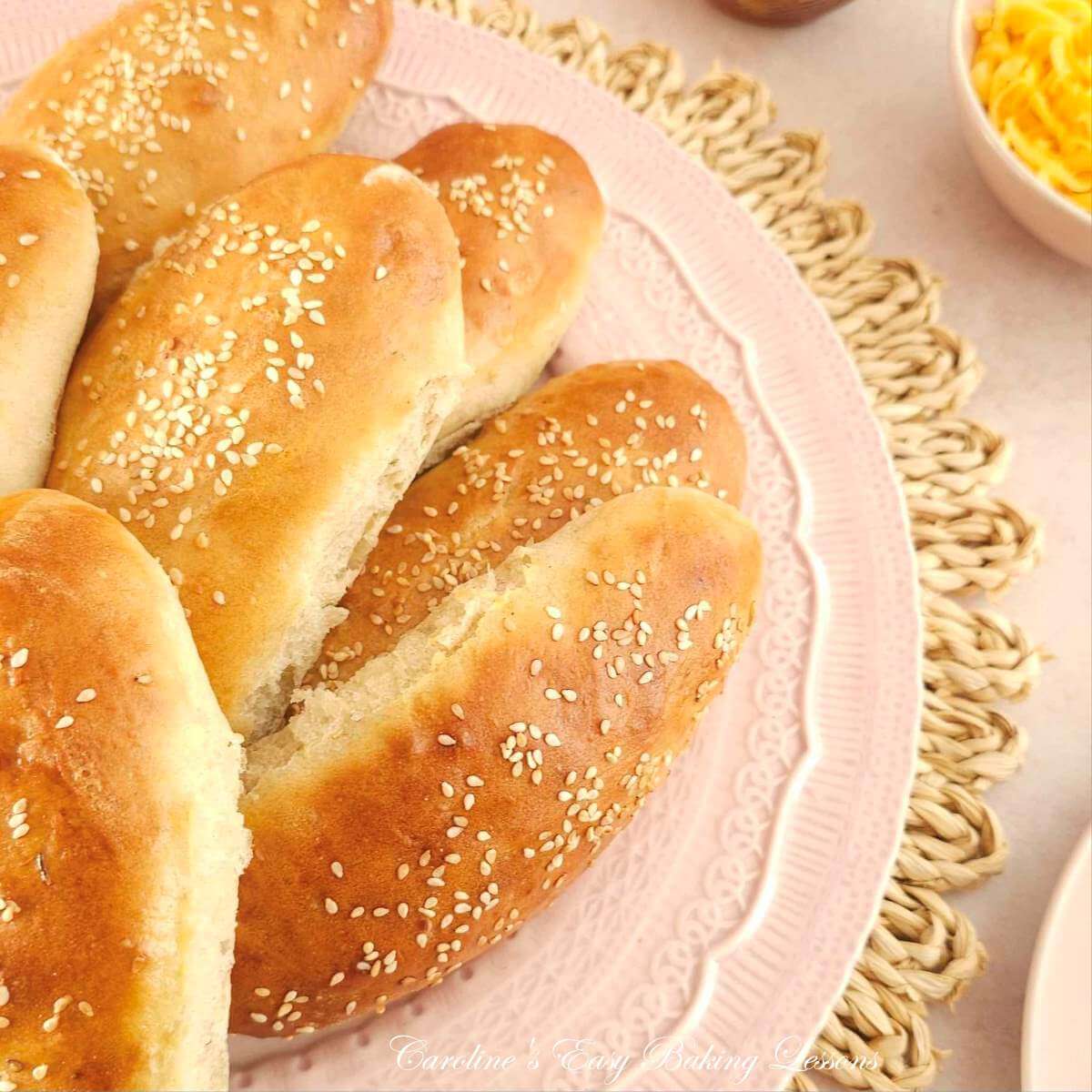










Excellent post with some very useful tips
I am so glad you found it useful.